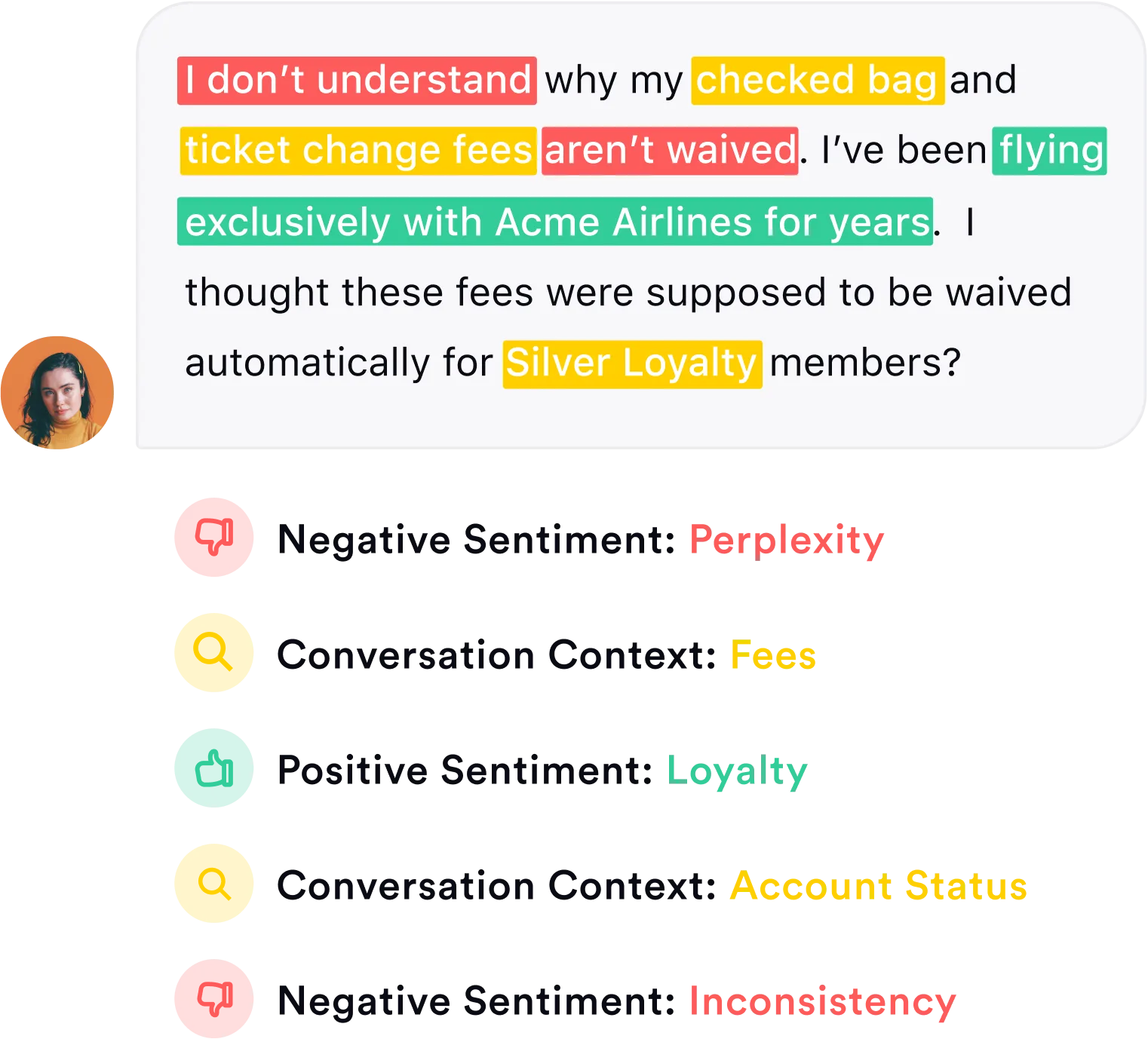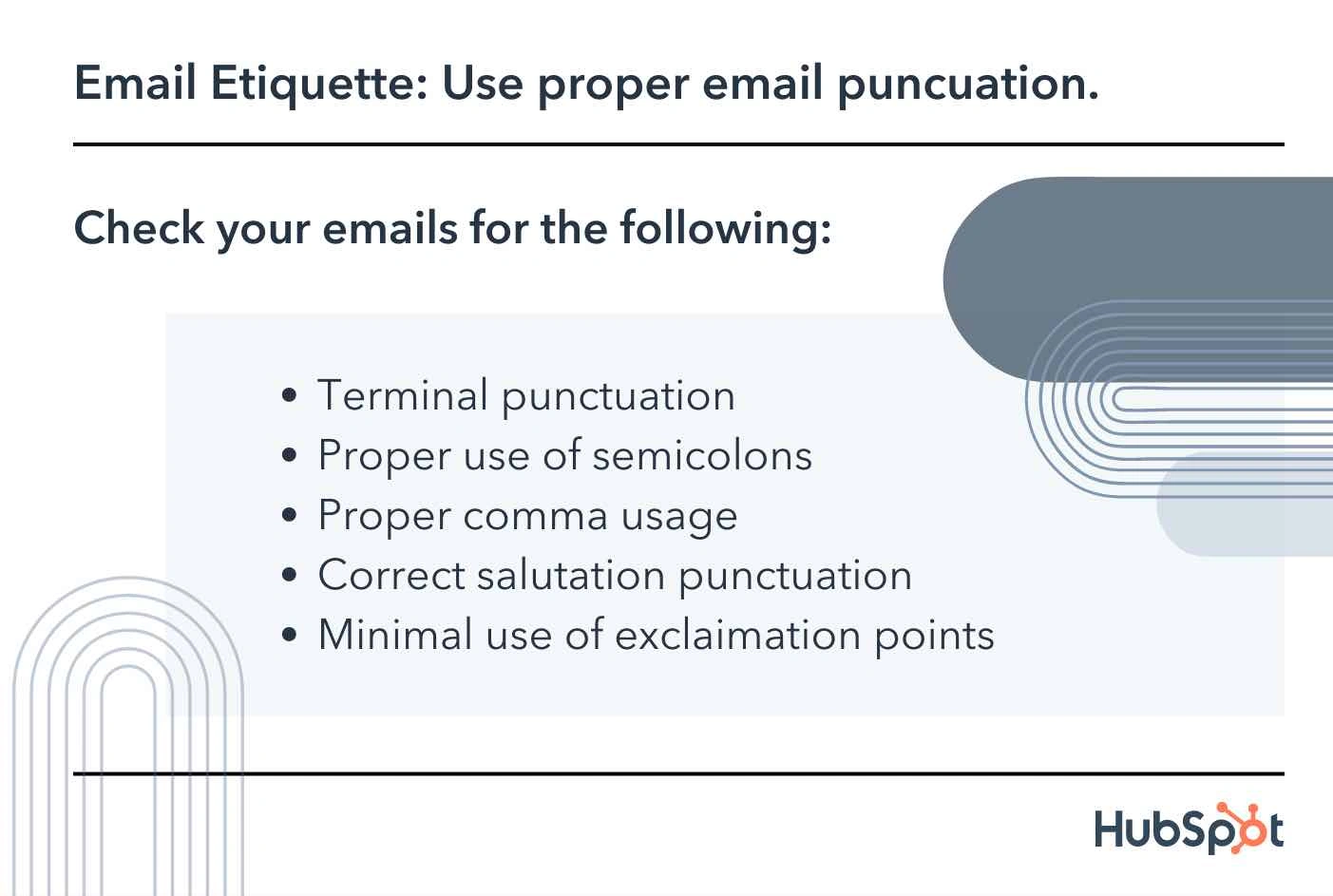Business Email Etiquette: 7 Rules for Polite and Productive Messages
Email has become the backbone of business communication. Ensuring that your messages come across as respectful can make the difference between fostering productive relationships and causing misunderstandings. As such, observing proper etiquette is not just a matter of manners; it’s essential for effective and harmonious business dealings. Whether you’re a fresh graduate or a seasoned professional, here are seven golden rules to help you navigate the waters of business email etiquette with grace and professionalism.
1. Start with a Clear Subject Line
The subject line is your first impression, and in the fast-paced world of business, it’s a tiny window to capture attention. Make sure your subject is straightforward and precise. It should give the recipient a clear idea of what the email is about. For instance, instead of a vague “Meeting,” specify with “Request to Schedule Marketing Strategy Meeting, May 1st.” A precise subject line prepares the reader for what to expect and allows them to prioritize the email’s urgency.
2. Use a Proper Salutation
The way you greet someone sets the tone for the rest of your interaction, even in emails. Always begin with a courteous salutation, like “Dear” followed by their name. If you’re unsure about someone’s gender or marital status, avoid titles like Mr., Mrs., or Ms. and simply use their full name. In instances where you’re addressing a collective department or group, “Hello everyone” or “Dear [Team Name]” works just as well. This touch of formality demonstrates respect from the get-go.
3. Keep Your Tone Polite and Professional
Even without face-to-face cues, your tone can significantly color your written communication. A professional tone is respectful but not overly stiff, allowing your message to be clear without coming off as cold or impersonal. Take advantage of words like “please” and “thank you” to add a human touch to your requests and appreciations. Also, be mindful of using exclamation marks sparingly and keeping the use of emojis out of professional emails—they can be misunderstood and come across as informal or unprofessional.
4. Be Concise and to the Point
Time is a valuable commodity in the business world, so keep your emails lean and meaningful. Begin with the main point or request, then provide necessary details in subsequent paragraphs. Aim to make your content easily skimmable—use bullet points or numbers for lists and ensure paragraphs are short to facilitate quick reading. Always ask yourself if the information included is relevant and necessary to the recipient’s understanding before hitting send.
5. Proofread Your Email
Errors can happen to the best of us, but in a professional setting, they can be detrimental to how others perceive your attention to detail and credibility. Before you dispatch your email, take the time to carefully read over it for grammar mistakes, typos, and unintended autocorrect changes. This step is especially crucial if you’re attaching documents—ensure that attachments are correctly named and relevant to the email’s content. Your future self will thank you for the few extra minutes you spend double-checking.
6. Respect Privacy with BCC and CC
Understanding when and how to use CC (carbon copy) and BCC (blind carbon copy) is essential. Use CC when you need to keep someone in the loop, and reserve BCC for cases where you need to protect the privacy of individuals—such as when emailing a group without disclosing all addresses. However, use BCC judiciously. Never use it to secretly loop in individuals on a conversation without the primary recipient’s knowledge, as this can erode trust if discovered.
7. End with a Professional Closure

How you end your email can be as impactful as your opening. Always sign off with a polite and appropriate closure. “Best regards,” “Sincerely,” and “Thank you” are tried and true, but feel free to adjust your closing to the tone and relationship you have with the recipient. Finally, include a signature with your name, title, and contact information. This not only adds a professional flair but also makes it easy for the recipient to reach back out to you.
There you have it—seven fundamental rules of email etiquette that can steer your digital correspondence in the right direction. By adhering to these guidelines, your emails will shine with clarity, respect, and professionalism. Remember, in the realm of business, your written communications often precede you. Crafting emails with careful attention to etiquette ensures that your professional image remains polished and poised, no matter the distance or medium through which you’re engaging.
Emails are more than just words flung into the digital void; they’re a representation of you and your company. The context that an email carries extends beyond its written message—it’s also about respect, professionalism, and maintaining positive, productive relationships. So the next time you’re about to send an email, review these seven rules. They might just make the difference between a message that’s merely seen and one that truly resonates.
Remember, it’s not just about what you say; it’s also about how you say it. With these etiquette tips in your communication toolkit, you’ll be all set to send emails that are not just polite but also harness the power to build and sustain productive business relationships. Happy emailing!
